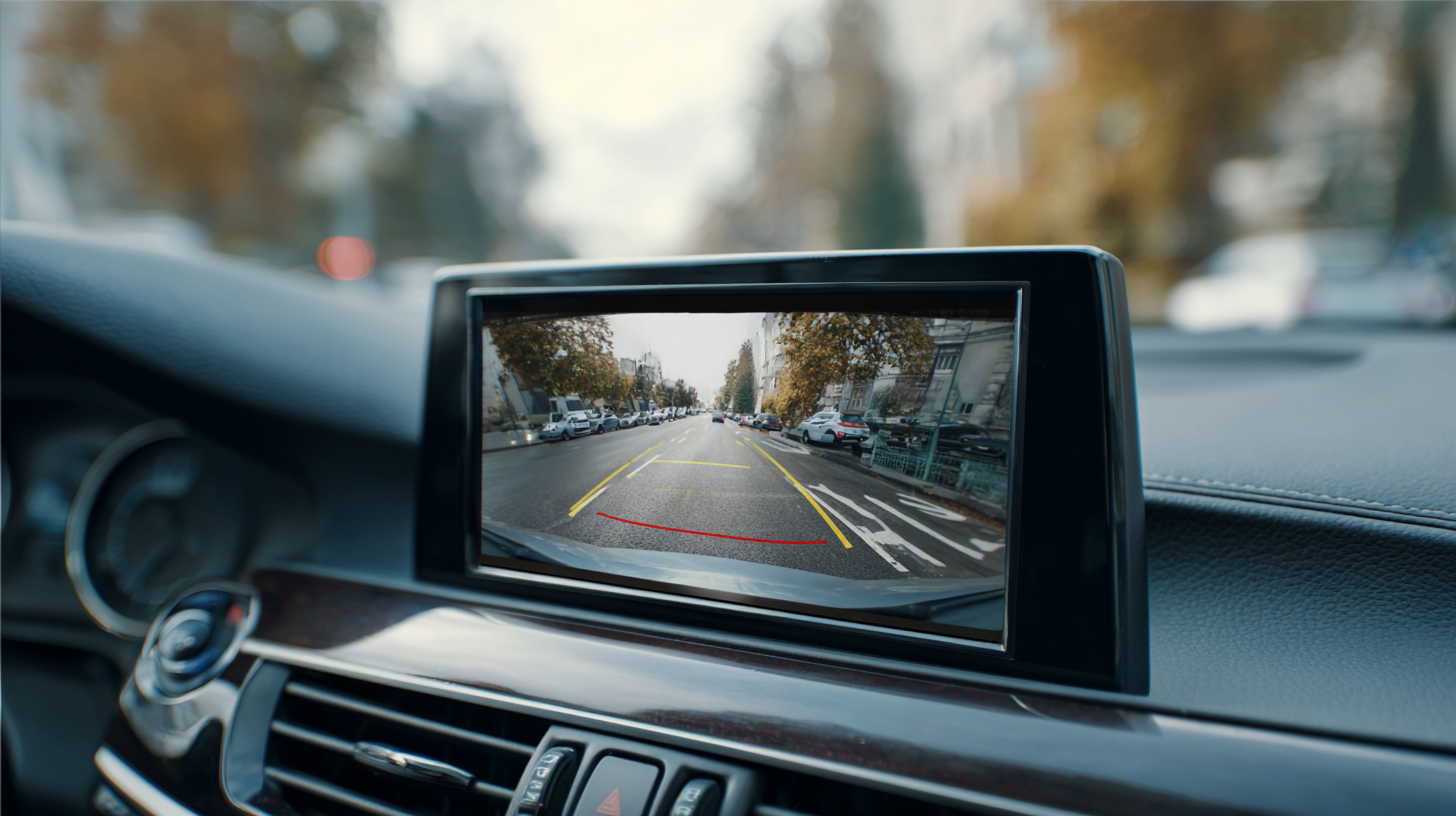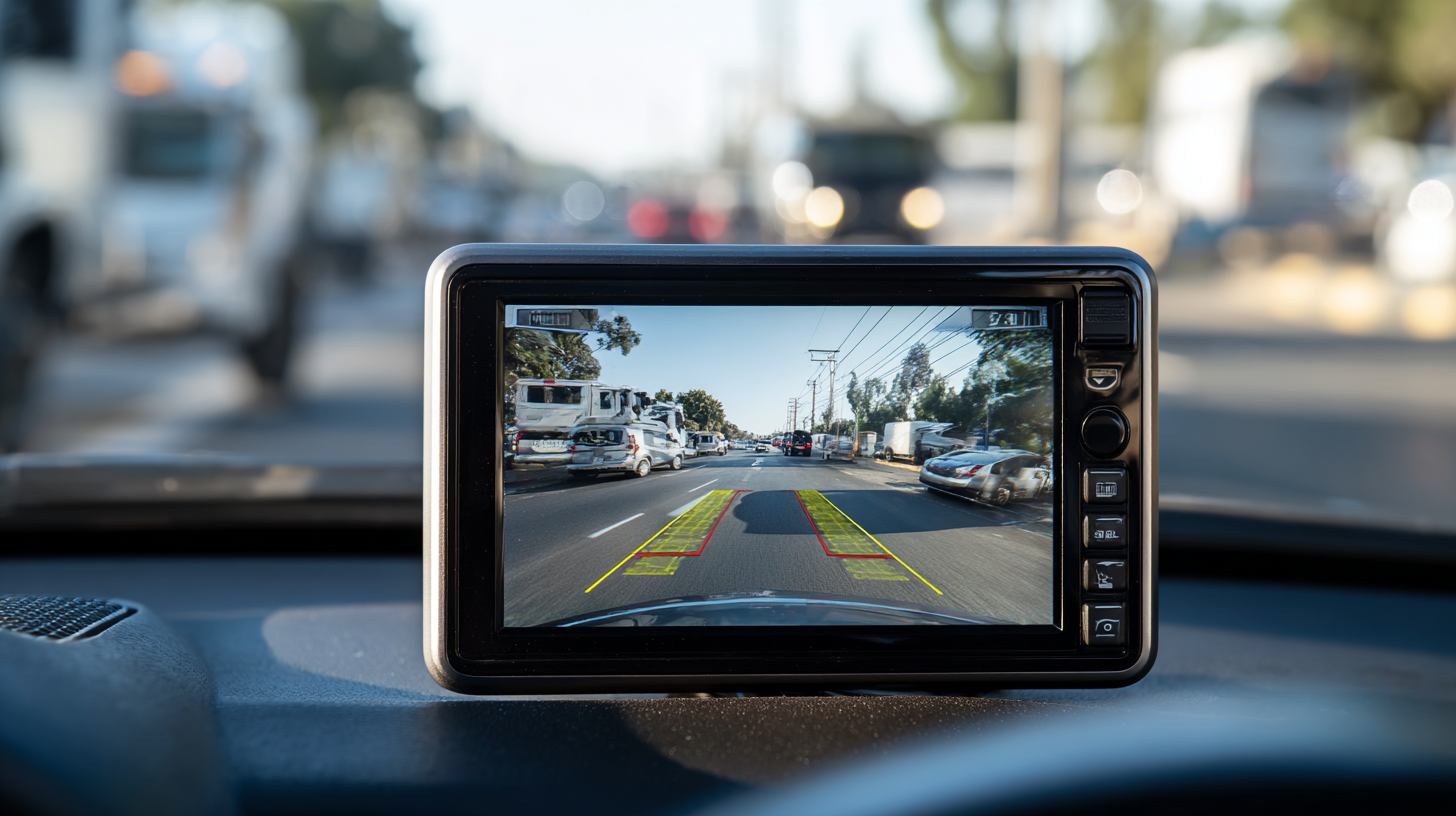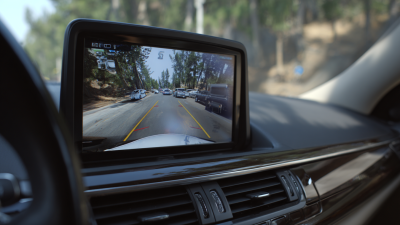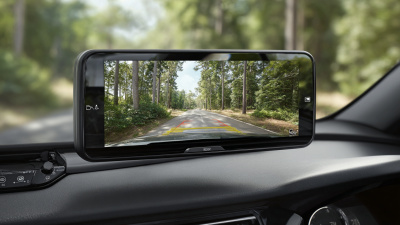Leave Your Message
 When it comes to enhancing vehicle safety and improving parking efficiency, a Rear View Monitor has become an essential accessory for many drivers. According to a report by the Insurance Institute for Highway Safety (IIHS), vehicles equipped with backup cameras can reduce the risk of accidents by 17%, significantly aiding in the prevention of backover incidents, especially involving children and pets. As rear visibility technology continues to advance, consumers are faced with a myriad of options, making the selection process crucial for ensuring optimum functionality. With different models offering various features such as display size, resolution, night vision capability, and integration with existing vehicle systems, it is imperative to understand how to choose the right Rear View Monitor tailored to individual needs and preferences. This article will guide you through the decision-making process, backed by relevant industry insights and data.
When it comes to enhancing vehicle safety and improving parking efficiency, a Rear View Monitor has become an essential accessory for many drivers. According to a report by the Insurance Institute for Highway Safety (IIHS), vehicles equipped with backup cameras can reduce the risk of accidents by 17%, significantly aiding in the prevention of backover incidents, especially involving children and pets. As rear visibility technology continues to advance, consumers are faced with a myriad of options, making the selection process crucial for ensuring optimum functionality. With different models offering various features such as display size, resolution, night vision capability, and integration with existing vehicle systems, it is imperative to understand how to choose the right Rear View Monitor tailored to individual needs and preferences. This article will guide you through the decision-making process, backed by relevant industry insights and data.
When selecting the right rear view monitor for your vehicle, it is essential to understand the various types available in the market, each offering unique benefits. The most common types include mirror monitors, standalone screens, and integrated systems. According to a report by Grand View Research, the global rear view monitor market is expected to grow at a CAGR of 9.5% from 2021 to 2028, underscoring the increasing demand for safety features in vehicles.
Mirror monitors are designed to replace your traditional rearview mirror, providing a seamless and unobtrusive solution. These monitors often feature a built-in screen that activates when the vehicle is in reverse.
Standalone screens, on the other hand, mount on the dashboard or windshield and can be used for various systems, including parking assistance. Integrated systems offer a more comprehensive solution by being built directly into the vehicle's infotainment system, allowing for functionalities like navigation and media playback alongside rear view monitoring.
With preferences shifting toward technology that enhances safety while driving, understanding these types allows consumers to make informed decisions that best suit their needs.
When selecting a rear view monitor for your vehicle, several key features should be taken into account to ensure safety and usability. One of the most critical aspects is screen size; according to a 2022 survey by the Automotive Safety Association, vehicles equipped with monitors that are at least 7 inches in size have been found to reduce blind spots by up to 30%. A larger screen provides clearer images and helps drivers make better-informed decisions when reversing.
Another essential feature is the resolution of the monitor. High-definition screens (720p or 1080p) significantly enhance image clarity, which is particularly important in low-light conditions. A study from the National Highway Traffic Safety Administration indicated that vehicles using HD rear view monitors experienced a 25% decrease in reverse collision incidents compared to those with standard resolution screens. Additionally, consider functionality such as grid lines and the ability to connect to multiple cameras, which can further simplify reversing and parking maneuvers. Choosing a rear view monitor with these features can dramatically improve your safety on the road.

When it comes to upgrading your vehicle with a rear view monitor, ensuring compatibility with your vehicle is crucial. According to a recent industry report, nearly 70% of consumers experience issues when integrating aftermarket technologies with their vehicles, primarily due to compatibility problems. To avoid this, always check your vehicle's manual or consult with a professional to confirm that the monitor supports both the dimensions and electrical requirements of your car.
Additionally, advancements in rear view monitors now allow for seamless integration with existing vehicle systems. A 2023 study indicated that vehicles equipped with compatible rear view monitors saw a 50% reduction in reversing incidents. Features like guideline overlays and proximity alerts, when supported, can enhance safety significantly. Thus, selecting a monitor that not only fits your vehicle but also offers advanced features is essential for a successful upgrade and improved driving experience.
This chart illustrates the compatibility percentage of different rear view monitor types with various vehicle types.
When selecting a rear view monitor for your vehicle, one of the most crucial factors to consider is
display quality and resolution.
High-definition displays have transformed the way drivers interact with these monitors, improving
visibility in various lighting conditions. According to industry reports, monitors with a resolution of
at least 720p offer excellent clarity, enabling drivers to detect obstacles more easily.
Moreover, higher resolution screens, such as 1080p, provide a
significant upgrade in image quality, making them ideal for larger vehicles where visibility is paramount.
Tips: When choosing a rear view monitor, pay attention to the brightness level,
measured in nits. A bright display, typically around 800 nits or more, ensures
that the monitor remains usable even under direct sunlight. Additionally, consider monitors with
anti-glare technology; this feature reduces reflections
and enhances visibility, making it easier to see critical areas behind your vehicle.
Another aspect to evaluate is the aspect ratio of the monitor. Most modern rear view monitors use
a 16:9 aspect ratio, offering a more comprehensive view of the surroundings. This
wider field of view can be particularly advantageous for larger vehicles, as it reduces blind spots.
A study from the Automotive Safety Research Institute highlights that a proper display setup
can improve rear visibility by up to 30%, further emphasizing
the importance of making an informed choice based on display quality and resolution.
When looking for a rear view monitor for your vehicle, budgeting is a key factor that can significantly influence your options. With various types and features available, determining how much you are willing to spend will help narrow down your choices. Rear view monitors can range from budget-friendly models to high-end systems with advanced functionalities. Set a clear budget based on your needs and preferences, ensuring that if you want additional features, you're prepared to make a corresponding investment.
Tips: Consider prioritizing the essential features that matter most to you, such as screen size, resolution, or connectivity options. A larger screen can enhance visibility, while higher resolution can provide clearer images, which can be invaluable for safety. Additionally, do your research and compare prices across multiple retailers to ensure you get the best deal.
Another important aspect when budgeting is to remember the potential long-term savings. Investing in a quality rear view monitor may come at a higher upfront cost, but it can prevent costly accidents in the future, making it a wise financial decision. Take advantage of customer reviews and ratings to assess the reliability and performance of different models, ensuring your investment is well placed.







